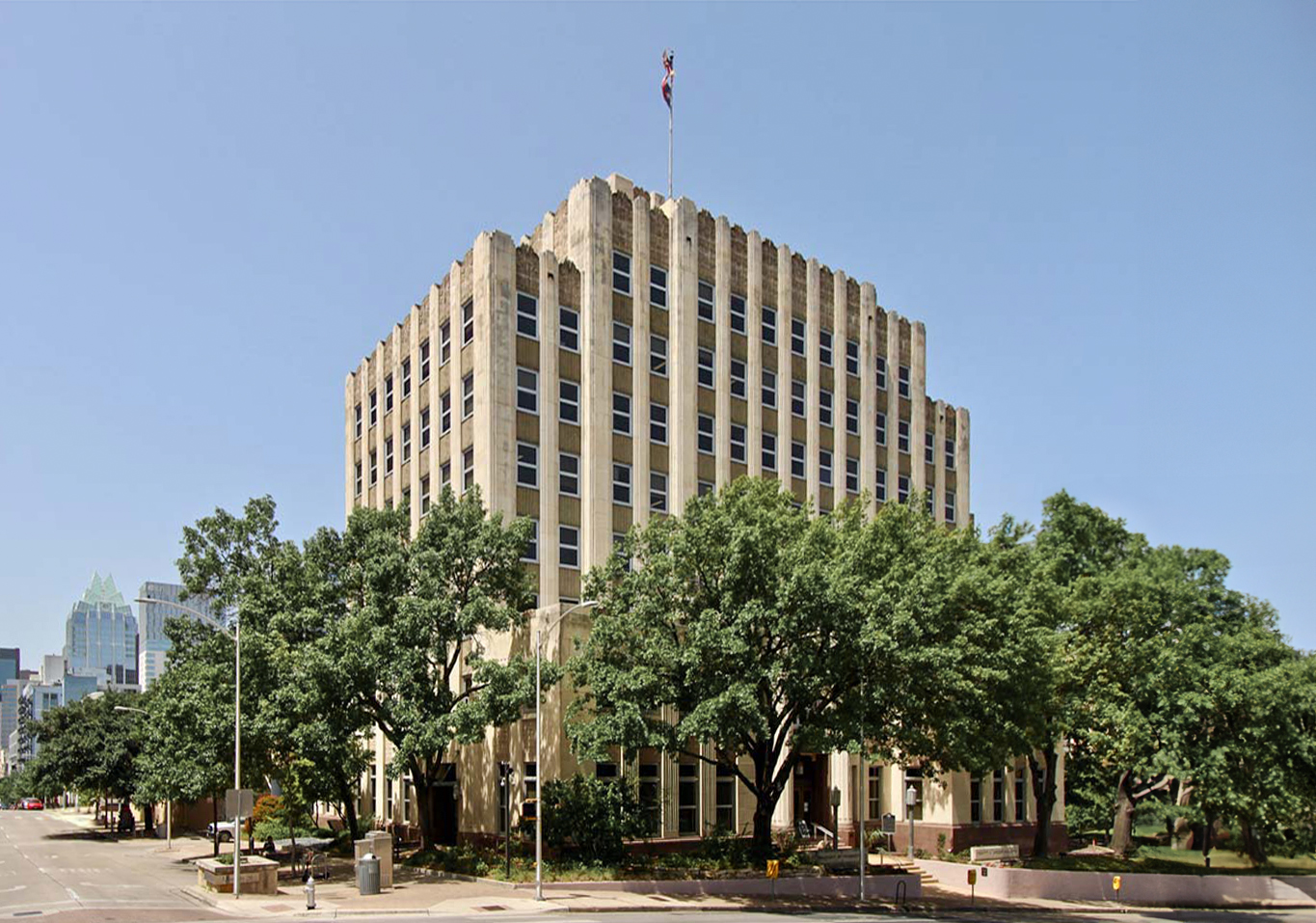The Dewitt C. Greer State Highway Building is an Art-deco skyscraper designed by Carleton Adams, and built in 1933, for a reported $455 thousand dollars, in Austin, TX.
Its precise street address is 125 E.11th Street, Austin, TX. You can also find it on the map here.
The Dewitt C. Greer State Highway Building is a structure of significant importance both for the city of Austin and the United States as a nation. The building embodies the distinctive characteristic features of the time in which it was built and the Art Deco style. Because of that, the Dewitt C. Greer State Highway Building was officially included in the National Register of Historic Places on January 7th 1998.
The building has been restored 3 times over the years to ensure its conservation and adaptation to the pass of time. The main restoration works happened in 1975, 1981 and 1995.


